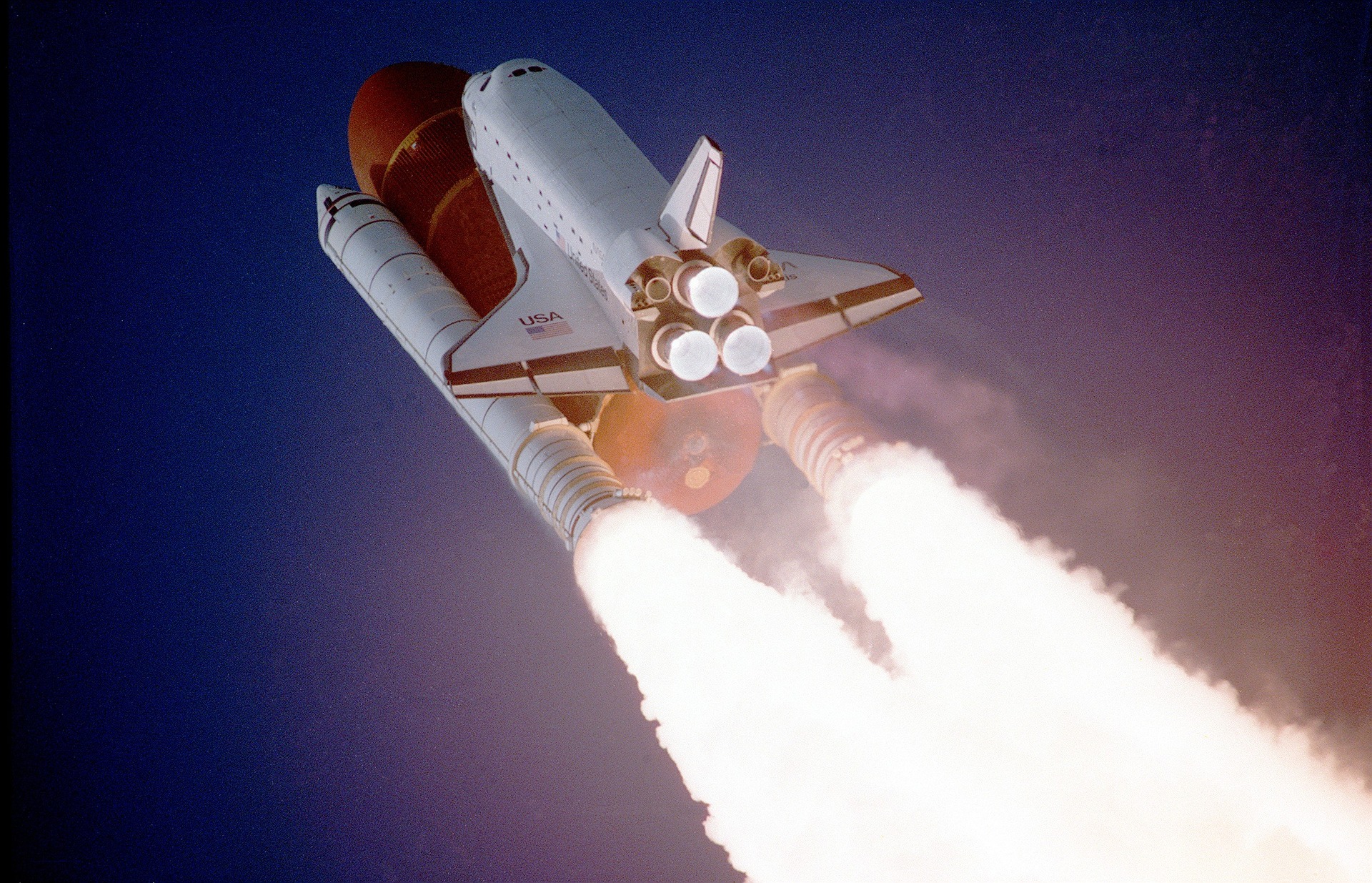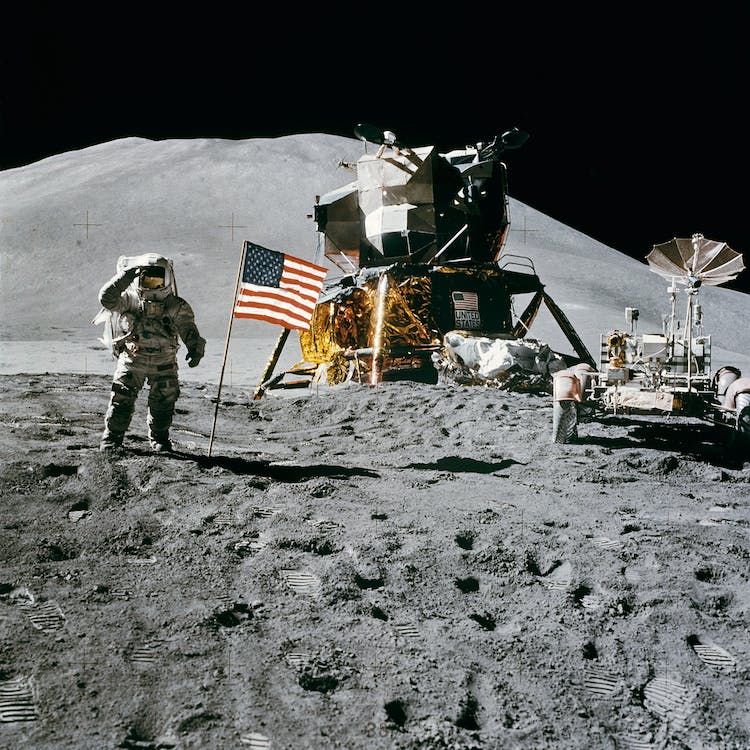

.
History of Space
The history of space travel dates back to the 20th century when the Soviet Union launched the first artificial satellite, Sputnik 1, in 1957, followed by the first human spaceflight by Yuri Gagarin in 1961. The United States responded with its own human spaceflight program, Project Mercury, which launched its first astronaut, Alan Shepard, in 1961. The space race between the two superpowers culminated in the Apollo program, which landed humans on the moon for the first time in 1969. Since then, space exploration has continued with the launch of various unmanned probes and manned missions to explore the solar system and beyond. References: NASA. (2021). History of space exploration.
IMAGE
Apollo 11: Man on the Moon
The first moon landing was achieved on July 20, 1969, by the United States Apollo 11 mission, which consisted of astronauts Neil Armstrong, Buzz Aldrin, and Michael Collins. Armstrong and Aldrin landed on the lunar surface while Collins orbited above. Armstrong famously declared, "That's one small step for man, one giant leap for mankind," as he became the first human to set foot on the moon. The landing was a historic achievement for NASA and the culmination of the Apollo program, which had been in development since the early 1960s. The mission provided valuable scientific data and insights into the lunar surface, and paved the way for future space exploration. References: NASA. (2021). Apollo 11.
SOURCE: NASA

.
